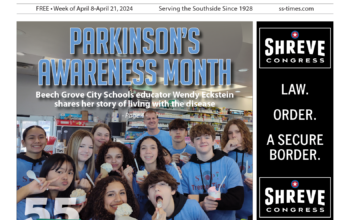The Goldfinch is a Pulitzer Prize-winning novel that was adapted into a film by screenwriter Peter Straughan. The novel is over 1,000 pages long and is densely packed with a multi-generational storyline. Needless to say, it is a daunting task to distill this Odyssey-like story into a feature length film. As a writer you have two routes in an adaptation like this: focus the story in the novel to its bare essentials and cut out everything else and risk disappointing fans of the book or make a nearly three-hour-long film and risk a lack of cohesion. The actual film lands somewhere in between these two and riding the fence like this ends up incurring the consequences of both styles of adaptation.
The Goldfinch chronicles the journey of a young Theo Decker as he deals with the trauma of losing his mother in the bombing of an art museum in New York City. From staying with his affluent classmate’s family to being taken in by his once absent father, Theo’s life is in a constant state of flux after his mother passes. This instability leads him on a dangerous path of bad decisions and questionable associations. These decisions are paralleled in the telling of an adult Theo’s story, where he copes with the trauma stemming from that fateful day in the art museum. The most readily apparent element of the film is its jaw-dropping gorgeous presentation. The legendary cinematographer Roger Deacons lends his expertise to elevate an otherwise bland film. The first and third act drag immensely, but it never becomes unbearable thanks to Deacon’s eye for slick lighting and beautiful shot composition.
Unfortunately, Deacon’s presentation is wasted on a dull story and unremarkable performances. Besides the main child actor, Oakes Fegley, the performances feel as flat as cardboard. Specifically, Ansel Elgort’s role demands a high level of emoting that he cannot deliver in the role. More than bad performances and dull material however, The Goldfinch fails most at delivering a message underlying the story. Theo goes through trials and tribulations, but after all was said and done, I was left with an overwhelming sense of nothingness. The film leaves you with no lasting impressions, and ultimately, that becomes its fatal flaw. A film fails most when it fails to speak to its audience. Despite beautiful cinematography, The Goldfinch fails to communicate any meaningful ideas in its lengthy two-and-a-half-hour runtime.

